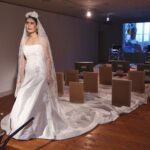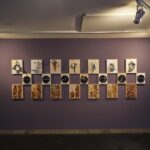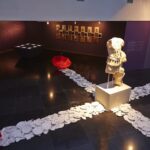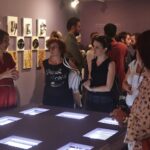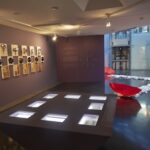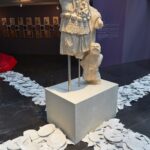The Derveni Papyrus | Greece’s oldest known literary text
The Derveni Papyrus, dated between 340 and 320 B.C., is considered the most important discovery for Greek philology in the twentieth century. Uncovered in 1962 in a tomb in an uninhabited area about 10 km north of Thessaloniki, the papyrus had been intended for the funeral pyre, but, by a stroke of luck, it did not burn completely, and it is now preserved in the Archaeological Museum of Thessaloniki, Greece. Recently, the Derveni Papyrus was also included in UNESCO’s Memory of the World program.
The CHS has made available a digital edition of the Derveni Papyrus, which was built on the CHS-iMouseion Project framework. This digital environment allows readers to view various reconstructions of the text alongside translations and critical apparatuses, as well as a multiversion where different editions can be viewed simultaneously.
Readers interested in a more in-depth exploration of the Derveni Papyrus can continue with Poetry as Initiation: The Center for Hellenic Studies Symposium on the Derveni Papyrus, a book in the Center’s Hellenic Studies series edited by Ioanna Papadopoulou and Leonard Muellner, now available in a free 0nline edition. The papers in Poetry as Initiation discuss a number of open questions: Who was the author of the papyrus? What is the date of the text? What is the significance of burying a book with a corpse? What was the context of the peculiar chthonic ritual described in the text? Who were its performers? What is the relationship of the author and the ritual to the so-called Orphic texts?
Another opportunity to engage and explore the Derveni Papyrus is an exhibition entitled Mediterranean palimpsests: Three enigmas of decay and incorruption, installed at the Archaeological Museum of Thessaloniki, Greece, home to the Derveni Papyrus, on the occasion of the 4th Thessaloniki Biennale of Contemporary Art.
Dimitris Xonoglou, professor at the Aristotle University of Thessaloniki and creator of the exhibition’s three works of art, invites an open dialogue with the Derveni Papyrus. The first two works, The Cross and The Logos, raise the issue of the relationship between political and institutional power and knowledge, cultural, and material goods. The Cross is shaped by lines of broken white plates as a reference to excavated remnants. At each end point we find a red umbrella turned upside down, lying there not as a medium of protection but as an open antenna ready to absorb information and knowledge. In the center of the cross, we find a Roman Statue, symbol of power and authority, but with its arms and head missing, showing the corruption of political power. The Logos is a piece of art that connects even more directly to the Derveni Papyrus. The artist, through broken plates and burnt books, creates an effect and a composition parallel to that of the Derveni Papyrus. In this way, though, logos is transformed and reshaped to gain a new meaning. As he states in an interview:
One of the things that I like about burning is the colors created by fire: they range from light blond to dark brown. There are many different earth colors. Besides, books can be read in many different ways. For example, you could read at random the half burnt fragments from different pages, creating a new meaning.
The Mediterranean Miracle, the third work of art, highlights the issue of personal responsibility toward knowledge and the choices by which everyone constructs, through the plethora of cultural information, their personal cultural palimpsest.
The exhibition addresses the perennial question regarding the acquisition and management of knowledge. Knowledge as a collection of cultural information units from different provenance sources, as a dynamic multi-collective construction, which travels through the material and organic bodies in space and time. Knowledge as a personal case, but also as a collective condition for its existence, its definition and preservation. A question that rises urgently through a new prism, in a crucial for humanity era: “how knowledge is transmitted”, “how it is assimilated”, “who manages knowledge” and finally “how knowledge of the past is transformed into creation in the present.”

